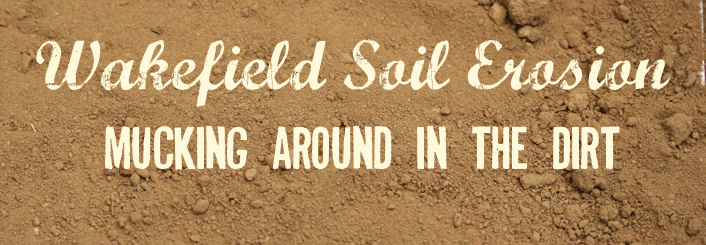Reflection
I've learned the different types of soil and the things that can be built on it and grown on it. I've also learned a lot about soil erosion and how it effect our environment. We spent time inside the outside the class room doing labs and experimenting with things that deals with soil. I learned that using hay or straw is one of the best and cheapest ways to pervent soil erosion.
Learning about soil erosion prevention is important because it helps us keep the environment cleaner. Also, to have safer drinking water and clearner for the fishes to live in.
The pH test helped me learn that plants can grow in a certain amount of acidic soils.
Vocabulary
Rill is a narrow incision into soil resulting from erosion.
Gully is a landform created by running water eroding sharply into soil.
Sediment is any particulate matter that can be transported be flow of fluid.
Soil erosion is the wearing away and removal of the land surface.
Ditch is a small to moderate depression created to channel water.
Question
What is the most common way for a rill to start?
Can placing a lot of rocks in a line start a rill?
Why does the Earth have so many different types of soil?
Video
To Liz and Melanie if you are still reading this, it was awesome to have you gals come over and teach our class. I hope you two come by and visit us again!(If we are not too wild and crazy for you!) :)




















